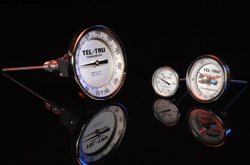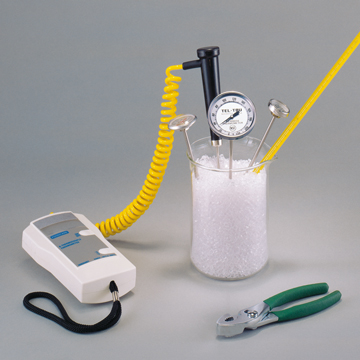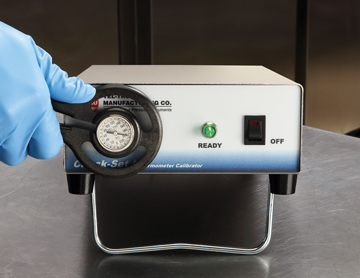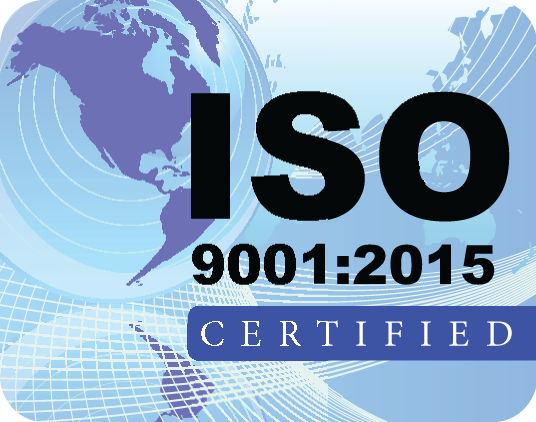How Often Should You Calibrate Your Instruments?The most common approach is to calibrate annually, and that's the best recommendation in many situations, but not all. Quality instruments such as those from Tel-Tru are calibrated prior to shipment. After installation, there are several factors to think about when considering calibration frequency; these are the most common: |
|
|
Regulatory / quality requirements and traceability Process tolerance versus instrument accuracy |
|
|
Measurement criticality and cost of failure Drift and stability history Application variables For additional product information, contact us. |
|




